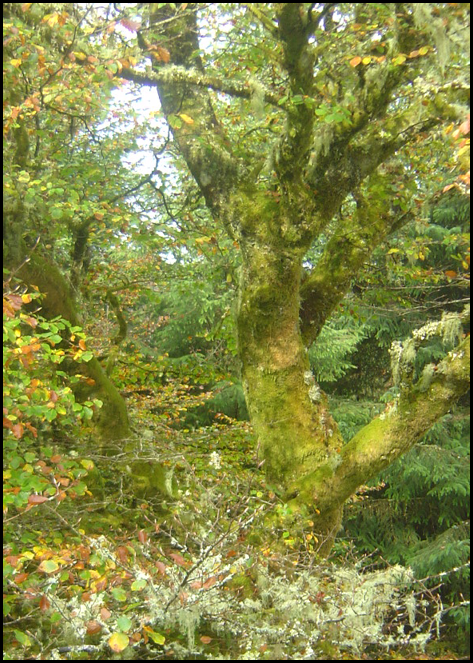
In order to reduce particulate matter (PM) emission levels, cleaning methods are applied at the gas flue of biomass systems. The method will depend on the size and location (local emissions legislations must be taken into account) of the installation. The more common methods are shown below:
Electrostatic Precipitators
Electrostatic precipitators are very powerful particulate matter and fly ash cleaners, with expected removal efficiency of around 99%. They are suggested for cases where the allowed emission levels are very low, such as smoke free areas.
In electrostatic precipitators the particulates at first move thought the collector chamber where a dual electrode system, in form of parallel plates, is placed. One of the electrodes is highly charged by a direct current source, and is placed close to the second plate, which is grounded. This generates a unidirectional field which, given the potential difference between the plates, will end up in an electrical corona. Getting in contact with the negative ions produced by the corona, the particles present in the gas stream also become negatively charged and are guided by the electric field to the positive plate, which are regularly tapped to release the particulates, which are then collected by a hopper.
Although effective, the electrostatic precipitators can be very expensive, thefore they are installed in situations where the emission limits are very strict.

Image from:EAS
Bag Filters
A simpler method used to clean the emissions through a biomass flue is the utilization of bag filters. The gas is forced through a tightly woven fabric, causing the particulates present in the air stream to be trapped on the fabric by sieving and other mechanisms. To avoid unacceptable pressure drop across the fabric, a large area might be required. In order to provide a large fabric area in a reduced space, this fabric is formed into cylindrical bags, which give this cleaning method its name.
Fabric filters are useful for collecting particles with resistivities either too low or too high for collection with electrostatic precipitators, such as fly ash generated from biomass boilers working at low efficiency.
Wet Scrubbers
Wet scrubber is a form of emission control where gas is forced through a pool of liquid, or sprayed with a liquid, in order to remove undesirable particulates. The idea is to capture the particulates by the used liquid droplets. Depending of the size of the particulates to be trapped, different methods are used to generate the droplets.
A very common system is a venturi scrubber, where the liquid and the gas with the particulates are conducted thought a conversion section of a duct into a narrow throat, where very high gas velocity causes transformation of the liquid into a cloud of very fine droplets, by which particles are collected.
Advantages of this method include smaller space requirement, ablity to handle high temperatures and high gas humidity and also ablity to collect gases and particulates matter. However, it does require a water disposal scheme and may introduce corrosion problems.
Picture from: www.dustcollectorexperts.com/scrubber/
Cyclones
This kind of system causes the flue gas pass through one or several cyclones where the resultant centrifugal force separates the particle from the gas stream. Multiple cyclones have overall mass removal efficiencies of 70-90%. However, cyclone collection efficiencies decrease dramatically with decreasing particle size, therefore control of fine particulates (PM-2.5) is limited.
The efficiency of the system is related with the centrifugal force generated, which is then related with the rotational speed of a cyclone, which is related with the flue gas flow rate. For this reason, cyclones are more efficient when working with high boiler loads.
The cyclone method is also commonly used in conjunction with the methods above, making the system more efficient.



